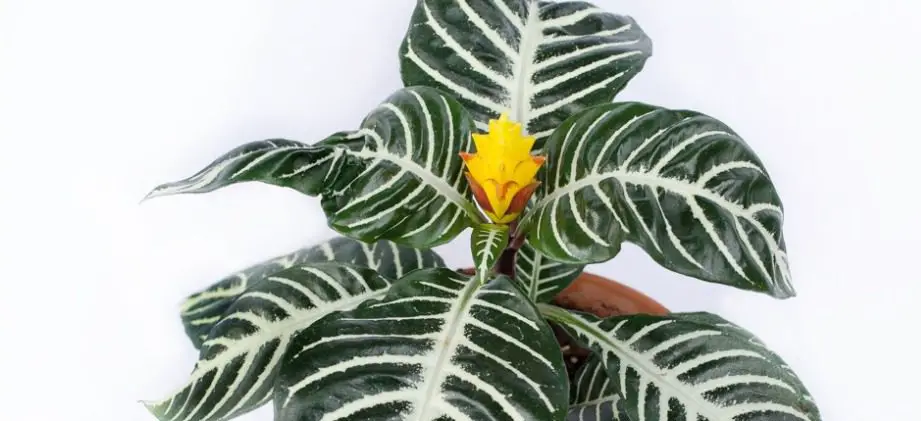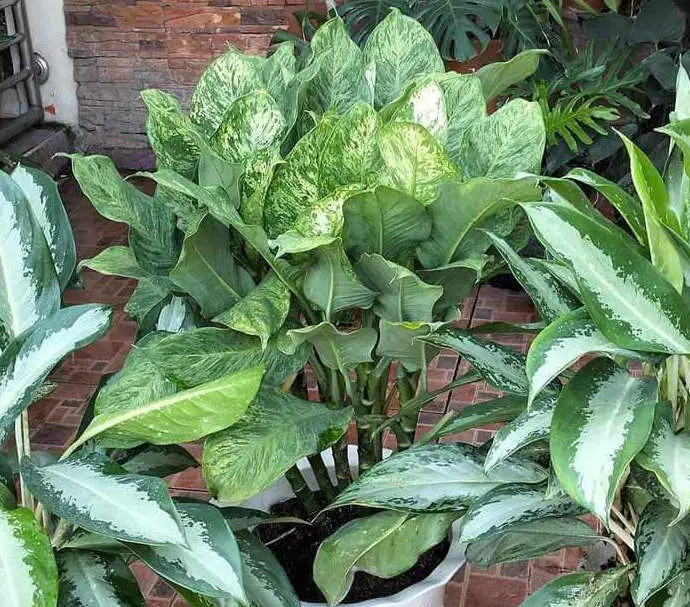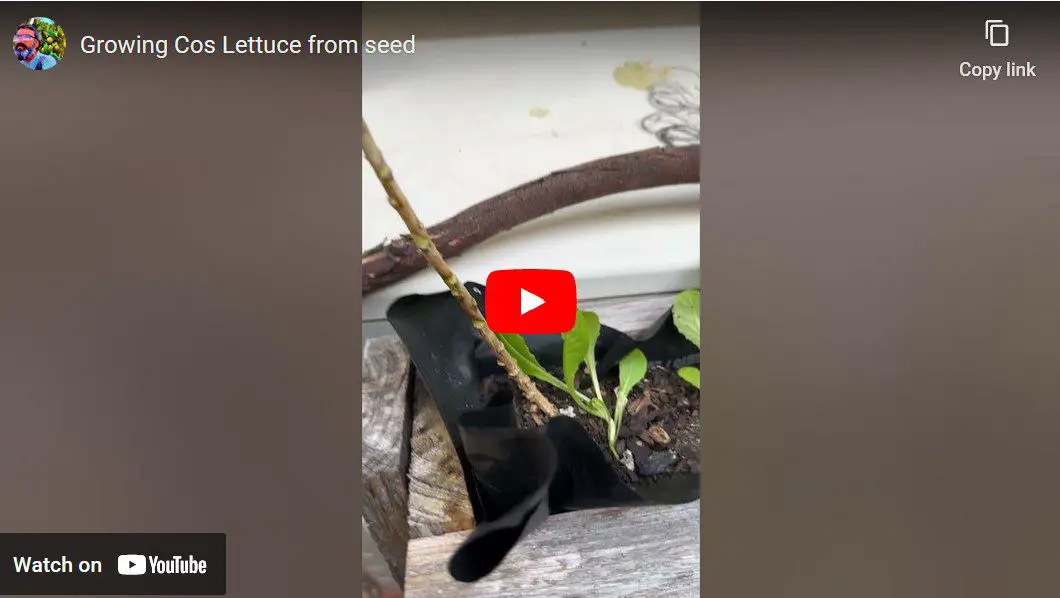Is your garden full of beautiful geraniums? If so, you may be wondering if they will survive the winter. In this blog post, we will discuss whether or not geraniums can survive frost and provide some tips to help keep them healthy during the colder months.
How to Overwinter Geraniums?
Overwintering geraniums is a bit more challenging than other plants, but with a little extra care, they can survive the frost and bloom again in the spring. Here are a few tips to help you overwinter your geraniums:
1) Plan Accordingly
It’s important to think about what geranium you want to overwinter before the frost hits. It’s a time-consuming task, so you want to make sure you pick the right plant. Also, think about how much space you have inside and if you have enough room to keep the plant alive and thriving.
2) Start with a Healthy Plant
The healthier the plant, the better it will be able to withstand the winter. If your geranium is already looking a bit stressed, it’s best to try and revive it before the frost hits. This means making sure it’s getting enough water and sunlight. Once the frost hits, it will be more difficult to revive a sickly plant.
3) Prune
You may need to prune your geranium to remove any dead or dying leaves and stems. This will help the plant focus its energy on staying alive and not on producing new growth. In fact, it’s recommended to prune up to two-thirds when potting geraniums and bringing them inside for winter.
Simply use a sharp knife or gardening shears that have been disinfected to avoid spreading any diseases. Then dispose of the trimmings in the trash.
4) Use the Right Soil and Pot
When potting your geranium for winter, make sure to use a well-draining potting mix. This will help prevent the roots from rotting. The size of the pot will also be important. You want to make sure it’s big enough for the plant but not too big that the soil stays wet.
5) Find a Sunny Area
Geraniums brought inside for the winter still need plenty of sunlight. Aim to provide a few hours of light each day, either from a south-facing window or by using grow lights. These grow lights are excellent if you don’t have a lot of sun in your home.
The plant should be a few feet away from any windows or lights to ensure it doesn’t burn from the heat. Monitor the plant closely to make sure it’s not getting too much or too little light.
6) Water sparingly
During the winter, your geranium will need less water than it does during the summer. Allow the top few inches of soil to dry out before watering again. Be careful not to overwater as this can lead to root rot.
7) Get it Off the Ground
If your plants are already potted, you may want to simply leave the plants outside in winter. You can do this, but you must take extra care to protect the roots from freezing. One way to do this is to place the pot above ground on something like blocks of wood. This will help keep the roots warmer.
A tarp or similar material can also be placed over the pot to help insulate it. This is especially important if you live in an area that gets a lot of rainfall or cold weather.
Can Geraniums Survive Frost?
No, geraniums cannot survive frost. If the temperature drops below 32 degrees Fahrenheit, the plant will freeze and start to die. This is why it’s so important to bring them inside or provide some type of shelter before the first frost hits.
One way to provide shelter is by covering the plant with a sheet or tarp. Be sure to remove any snow or ice that may accumulate on top of the plant. Another option is to dig up the plant and store it in a cool, dry place for the winter.
Overwintering Bare Root Geraniums
Although this isn’t my favorite method, some people do overwinter their geraniums by storing the bare roots in a cool, dry place. This can be done by digging up the plant and removing all the soil from the roots. Here’s a quick step-by-step guide:
Step one: Dig up the plant and remove as much soil from the roots as possible. The plant should be left to dry out fully for a few days.
Step two: Find a cool, dry place to store the roots. This can be in the newspaper, cardboard boxes, and hanging from the rafters. Just make sure the temperature stays around 50 degrees Fahrenheit.
Step three: Monitor the roots for signs of mold or rot. If any roots start to rot, they should be removed immediately.
Step four: Before the final first date, remove the roots from storage and replant them in fresh potting mix. They can then be slowly introduced back to the original place where they were planted.
When Should I Bring Geraniums Inside?
It’s best to bring geraniums inside before the first frost hits. This way, you can avoid any damage that may occur from the cold weather. If you live in an area with a lot of snow and ice, it’s best to bring them inside a few weeks before the first frost is expected.
If you can’t bring your geraniums inside, be sure to provide some type of shelter to protect them from the frost. This could be as simple as covering them with a tarp or sheet.
Can Geraniums Be Kept Inside During Winter?
Yes, geranium plants don’t go dormant, so taking them indoors is a good way to make them last longer and survive the winter. Here are some tips for keeping your geraniums healthy indoors:
- Place them in a sunny spot near a window where they will get at least six hours of sunlight each day
- Water the plants when the soil feels dry to the touch, and be sure to empty any water that collects in the saucer beneath the pot
- Fertilize the plants every two weeks with a half-strength solution of an all-purpose fertilizer
- When spring arrives, gradually acclimate your geraniums to outdoor conditions by placing them in a shady spot for a few hours each day
Conclusion
With a little extra care, you can overwinter your geraniums and keep them healthy until spring. By following these tips, you can ensure that your plants will survive the frost and bloom beautifully in the spring.
I hope this article was helpful. If you have any questions, please feel free to leave a comment below. I would love to hear from you! Have you had any success with overwintering geraniums? Please share your tips with us!
Tim is an avid gardener from the UK. He was the founder of PlantCarer.com from 2021 to Sep 2023. He sold PlantCarer.com to Aaron. He has since started his own business called Seed To Supper, which provides new gardeners all the materials you need in a box (pots, seeds, compost and instructions) to grow your own delicious and nutritious vegetables and herbs from start to finish – no garden required.









0 Comments